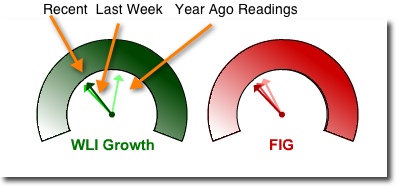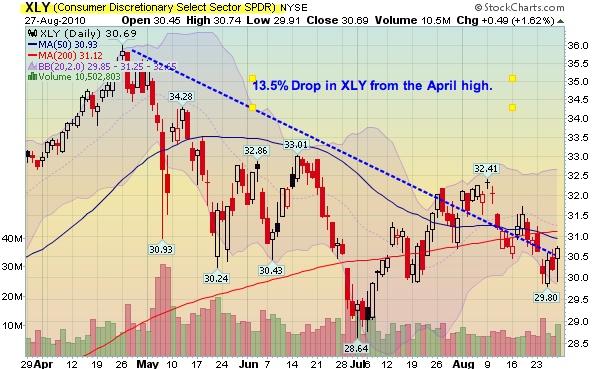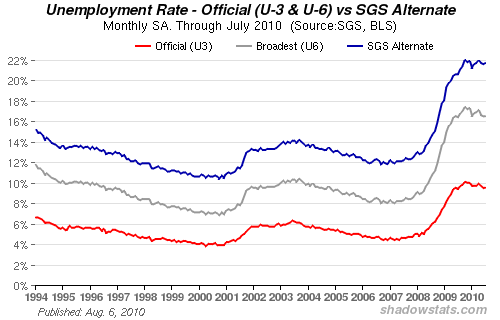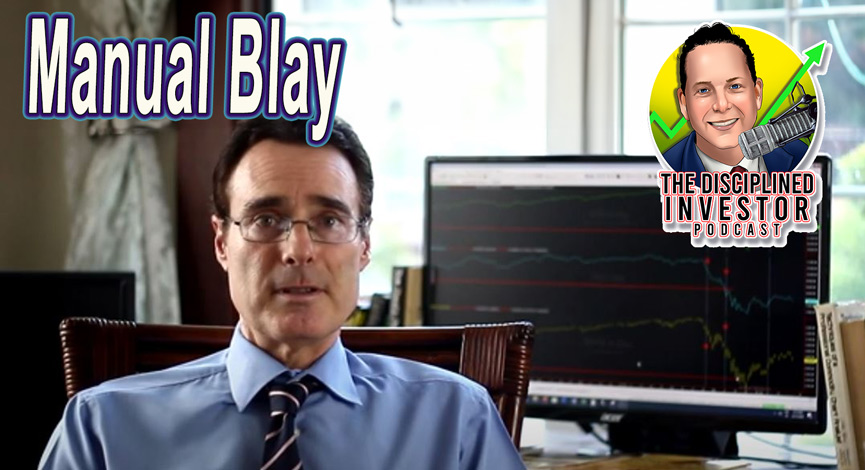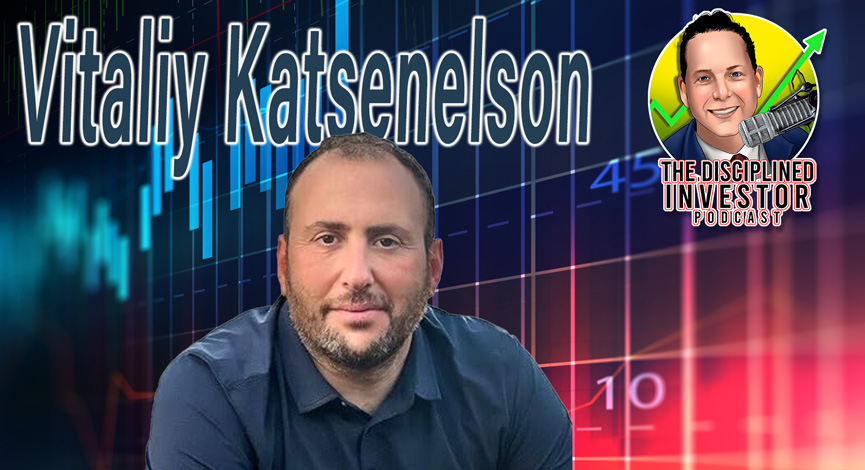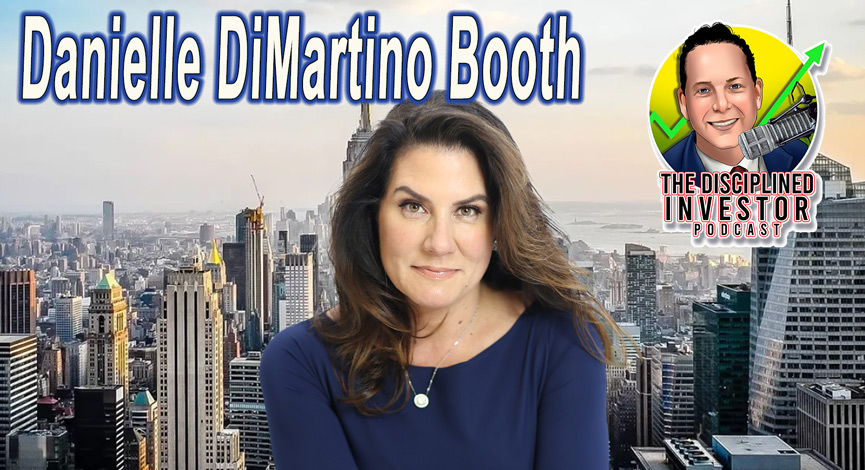Each week we provide our clients with a commentary and review of our research. We discuss a good deal of the economic conditions and positions we hold or are looking at. It is all in the spirit of transparency.
(If you would like more information about becoming a client, click this link HERE)
Below is the opening of our latest weekly report:
If the comedian Steven Wright were writing this, I think he would say: Right now I’m having amnesia and deja vu at the same time. It is one of those times that there are eerie similarities to past events and others that appear out of nowhere.
Looking back on the week, it is probably a good idea to start with the end and work backwards since it is where the deja vu part comes in. It was on Friday that the commitments, from both the United States and Japan, to save quickly deteriorating economies were revealed. Of course these came in the form of nothing more than feather-ruffling and chest-thumping thus far, but governments know that is pretty much all it takes to generate at least a small spark. In a speech at a central banking summit in Jackson Hole, Wyoming, Fed Chief Bernanke was very careful to provide as much optimism as possible. In sharp contrast to his comments two weeks ago, he stated that the Fed had set no triggers for further monetary-policy easing and that he sees continued economic growth. (Fed amnesia?)
back on the week, it is probably a good idea to start with the end and work backwards since it is where the deja vu part comes in. It was on Friday that the commitments, from both the United States and Japan, to save quickly deteriorating economies were revealed. Of course these came in the form of nothing more than feather-ruffling and chest-thumping thus far, but governments know that is pretty much all it takes to generate at least a small spark. In a speech at a central banking summit in Jackson Hole, Wyoming, Fed Chief Bernanke was very careful to provide as much optimism as possible. In sharp contrast to his comments two weeks ago, he stated that the Fed had set no triggers for further monetary-policy easing and that he sees continued economic growth. (Fed amnesia?)
But, wait – that was also part of the same speech that Bernanke also noted that the Fed would do all it can to ensure growth. So, in effect, the Fed continues to believe that they are going to have to step up their efforts, but not just yet. Perfect! The ultimate carrot for the bulls. Call it the new Greenspan Put or the Bernanke Backstop, this is the new world of rhetoric gone wild. For the short-term this strategy often works as it temporarily scares the heck out of the short-sellers, or anyone who has taken refuge in risk-free Treasuries.
It also has the added benefit of lowering the cost for the very securities that the Fed has committed to buy. On these comments, Treasury prices dropped, pushing long-term yields to their steepest one-day rise since June. Even before the speech, bonds came under pressure when the Commerce Department revised lower its estimate of U.S. economic growth for the second quarter — but not to the extent that many economists had been predicting. Still, a 1.6% print for the 2nd quarter is simply terrible. At this stage of a “recovery” the U.S. economy should be growing at closer to at least 3%.
Then, Japan was out with comments regarding their desire to stop the rise of the Yen. Again, more scare-tactics with no actual commitment. But, that did move the Yen lower by more than 1% on the session. The strong comments out of Japan and the U.S. helped to spook short-investors in equities as well as holders of the Yen and U.S. Treasuries to cover positions. At least that is the “official” line from media headlines. More likely though it started with a touch of a reflexive bounce off of the all important 1,040 level on the S&P 500 and profit taking on longer-dated Treasuries.
Remember, the news out of Bernanke was actually quite negative as his admission was that there is much more work to do. Coupled with very weak economic reports over the past several days and a profit warning from Intel (INTC) – released exactly the same time that the Fed was speaking – provided more confusion but also a touch of relief.
(If you would like more information about becoming a client, click this link HERE)
If you recall, it was only 6 weeks ago that Intel (INTC) had their best quarter ever and guided their outlook higher. The sudden change, just a few weeks later, shows us that there is velocity building that supports the thesis that a significant slowing is occurring. Intel (INTC) cited a sharp slowing in the PC market as consumers have once again entrenched. J. Crew’s (JCG) CEO commented during the compay’s earnings call that; ” the consumer has gone cold” and several economic indicators have been turning sharply lower.
Below are data and charts for the ECRI U.S. Weekly Leading Index (WLI), Future Inflation Gauge (FIG).
What does all this mean for investors? Well, the longer-term is not looking pretty as the Intel restatement is just the tip of the iceberg. Now that the consumer is clearly pulling back even further, analysts will begin the process of lower their estimates on many cyclical companies. Already we are noticing that companies in retail are well off their highs as can be seen by the the consumer discretionary index. Several other of the more “defensive” sectors are outperforming, showing investor risk aversion.
Even as the discretionary sector has been lagging, it is still up for the year. This shows through in the latest GDP revision that reported that personal consumption was still relatively strong during the 2nd quarter. But, that is looking like it may be the last time for a while that it stays strong as the loss of emergency benefits faded in the 3rd quarter and the high unemployment rate does not appear to be showing any signs of abating. The next report of the NFP payrolls, scheduled for next Friday, may show a rate approaching closer to 10% as private industry is not hiring and the full impact of the layoff of census workers will show through.
We know that history has shown that after a severe slowdown, companies are initially gun-shy in adding to their payrolls. Eventually, once demand returns, jobs slowly return. But this time IS different. While the “official” unemployment level is now at 9.5%, if we look back on the older models used, prior to 1994 and the U-6 report, there is a significant differential.
According to Showdowstats.com:
The seasonally-adjusted SGS Alternate Unemployment Rate reflects current unemployment reporting methodology adjusted for SGS-estimated long-term discouraged workers, who were defined out of official existence in 1994. That estimate is added to the BLS estimate of U-6 unemployment, which includes short-term discouraged workers.
The U-3 unemployment rate is the monthly headline number. The U-6 unemployment rate is the Bureau of Labor Statistics‘ (BLS) broadest unemployment measure, including short-term discouraged and other marginally-attached workers as well as those forced to work part-time because they cannot find full-time employment.
With that in mind, we see a greater potential for a continuation of the downtrend for equities. Sure there will be pops, but we are now taking a more defensive position until a clear direction forms and then continues. Unless there is a significant change to the economics and investor sentiment, we see that the next few months could begin a longer downtrend for world markets. The U.S. and Europe are clearly contracting, while emerging markets are still expanding. Additional U.S. stimulus will be proposed and that will hold investors in the game, but additional sovereign shocks appear to be likely.
 As Winston Churchill would say about the world economy at this point: It is a riddle, wrapped in a mystery, inside an enigma.
As Winston Churchill would say about the world economy at this point: It is a riddle, wrapped in a mystery, inside an enigma.
Developed countries within the Eurozone are talking about budgetary restraint and fiscal responsibility. Much of the world markets, are looking to cool overheating economies. The Asian region (South Korea, Australia, Singapore, Malaysia, Thailand, India and New Zealand as examples) as well as the Emerging Americas (Brazil, Peru, Chile) and many other areas (Canada, Israel) are increasing rates. On the other hand, the U.S. looks to be in need of new stimulus measures. Therein lies the conundrum.
As we are well aware, the U.S. is a key driver of global trade and it is obvious that there is a pronounced economic slowing. Europe is trying to win back the favor of the world as they need to continue debt issues at reasonable costs. The region’s countries needs to quickly get their budgets and balance sheets in order expeditiously to avoid any further downgrades. The austerity measures have already started to show up around the world as trade is slowing. Asia is overheating and several areas are inflation hot-zones. Policy measures to cool economies will not included stimulus. This too will slow economic growth.
(If you would like more information about becoming a client, click this link HERE)
All roads lead back the the U.S. as a slowdown could provide a double-whammy, since an internal slowdown, coupled with high levels of unemployment will further dampen growth prospects.
Until we get a clean break below 1,040 on the S&P 500 with the trend and moving averages sustaining a declining path, we will be slowly positioning portfolios with a higher level of short positions. Already we have increased the European short exposure, scaled back on individual securities as well as long index exposure in the developed markets. For now, patience will be required for all of the components to align. That is when we could see a major break down toward the ~850 level for S&P 500. (Remember, the reason why we discuss the S&P is that correlations are high right now and most financial instruments are moving together)
Again, as we have the 800-pound gorilla (government) participating in capital market through stimulus and other means, there is the need to tread carefully. What we know is that the tide has turned very negative towards stimulus measures and additional debt additions. The FED is almost out of ammunition as rates are not about to go negative and there is just so much easing they can do. Even if they push banks to lend, they cannot require consumers to borrow.


